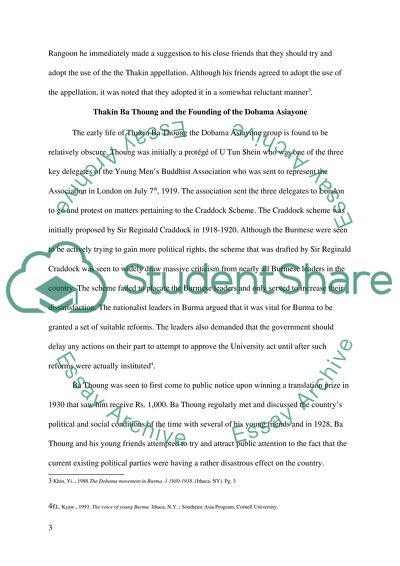Cite this document
(“Historiography Of The Dobama Movement In Burma Essay”, n.d.)
Historiography Of The Dobama Movement In Burma Essay. Retrieved from https://studentshare.org/history/1478991-were-the-dobama-patriots-or-nationalists
Historiography Of The Dobama Movement In Burma Essay. Retrieved from https://studentshare.org/history/1478991-were-the-dobama-patriots-or-nationalists
(Historiography Of The Dobama Movement In Burma Essay)
Historiography Of The Dobama Movement In Burma Essay. https://studentshare.org/history/1478991-were-the-dobama-patriots-or-nationalists.
Historiography Of The Dobama Movement In Burma Essay. https://studentshare.org/history/1478991-were-the-dobama-patriots-or-nationalists.
“Historiography Of The Dobama Movement In Burma Essay”, n.d. https://studentshare.org/history/1478991-were-the-dobama-patriots-or-nationalists.


